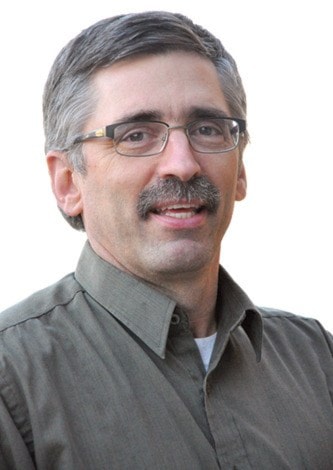At our recent best practices meeting a few weeks ago, we had the good fortune of spending some time with Brian Johnston of Professional Environmental Recreation Consultants Ltd. (PERC), which is well known across Canada in the specialized field of research, planning and consultation regarding the delivery of leisure services. Best practices meetings typically happen twice a year and rotate around the Kootenays with facilities in Castlegar, Nelson and Trail, and because Trail is in the midst of its master plan process, much like we were in the mid-2000s, they were able to get Brian to free up some time to interact with the group on the “big picture” aspect.
Recreation is comprised of more than just the community complex and what happens here — other providers include non-profits, private operators, institutions and schools, as well as municipal or local government, which we fall under. Factors to consider in a public service delivery model is determining need versus demand or self-interest versus community benefit, and the philosophy of the public system is that we should be needs driven and not demand driven; focusing more on the indirect benefits and looking at outcomes and not outputs.
Speaking in layman’s terms, an example might be how the RCMP provides indirect benefit to everyone in the community by catching speeders, picking up bad guys, patrolling the neighbourhood, that kind of stuff. A direct benefit, which I would hopefully not to have to use, would be having them respond to my house when someone is breaking down the door. School taxation would be another example; our kids have long since been through the system and some never have children in the system, but we all know contributing toward educating our young indirectly benefits everyone in society in the long run.
This is not a new idea. Back in medieval times the rich could afford to have their garbage taken away while the poor flung their rubbish and offal into the streets, leading to rats and bubonic plague, which then proceeded to kill everyone equally, rich or poor. The first pools were public baths, paid for by the rich, who recognized that by everyone keeping clean, it indirectly benefited them by reducing disease in the poor. Recreation is the same, indirectly benefiting society by improving health, mind and spirit for the public good. One definition of public good that I had heard applies to all facets of society, not just recreation, and was defined as “indirect benefit to all that you cannot escape.”
So, trying to sum up volumes in a 550-word column is proving difficult but a couple of the overlying goals that leisure services Canada-wide is focused on are 1) using limited public resources to foster a sense of community — a community of geography, interest, spirit and culture — and 2) using these limited resources to foster or help citizens become as good as they can be. They are simple goals, yet incredibly complex in trying to meet everyone’s needs, whether you benefit directly by swimming, skating, curling and socializing, or indirectly through overall improved health and wellness in the community or lower crime statistics because of more recreational activities for those inclined to tomfoolery. Measuring units of good is not as simple as counting dollars but is often overlooked as part of the equation.
Neil Ostafichuk is the recreation supervisor at the Creston and District Community Complex.
